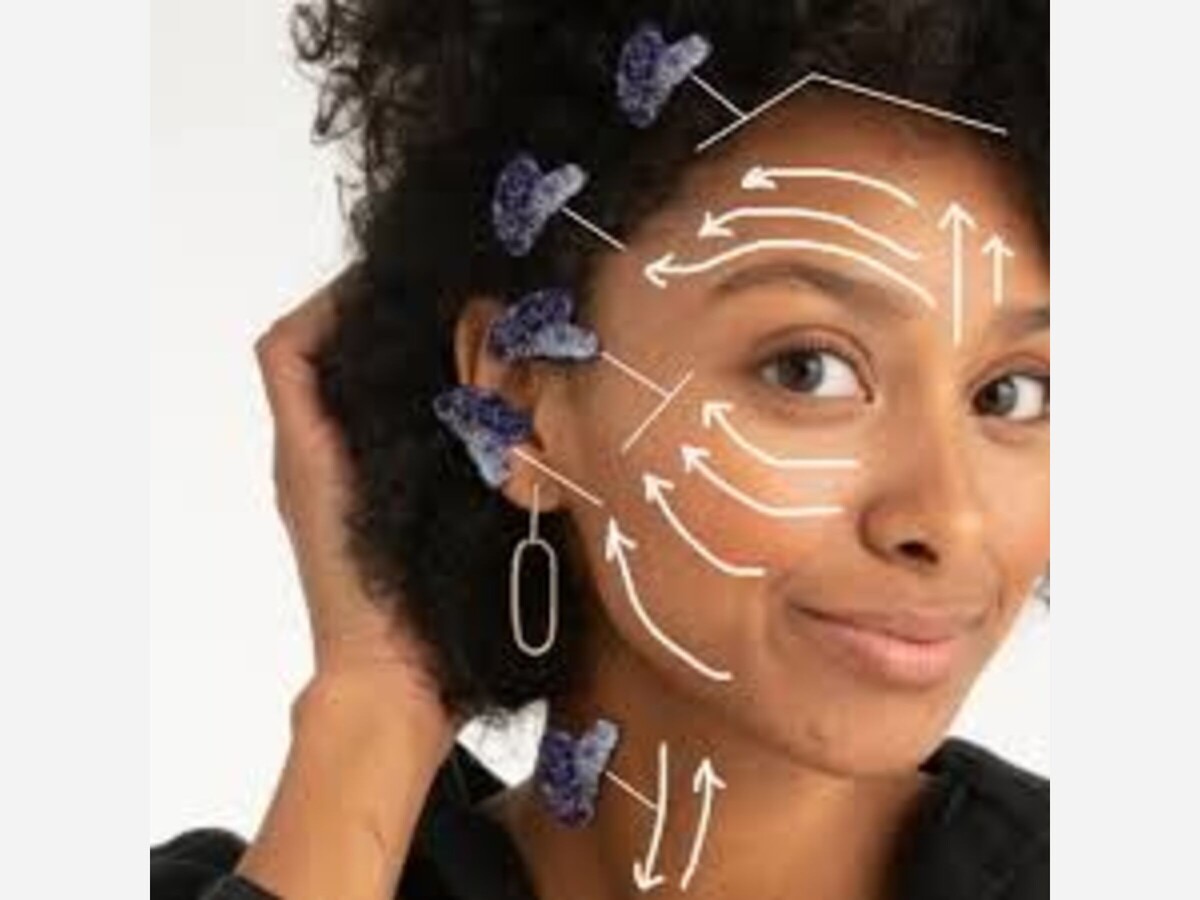Image

What Is Gua Sha? A Guide to This Traditional Chinese Medicine Wellness Practice
By Lauren Bedosky, EVERYDAYHEALTH.COM
 Gua sha involves using a smooth-edged tool to gently scrape areas of your body.Adobe Stock
Gua sha involves using a smooth-edged tool to gently scrape areas of your body.Adobe StockSome social media trends are a bit questionable (hello, Sprite chug challenge). Others may be worth paying attention to.
Take gua sha. This practice, which involves scraping your skin with a coin, spoon, or stone until tiny red spots appear, is not only rising as a social media trend but also hails from an ancient therapeutic technique.
Some people claim gua sha can smooth wrinkles and tame facial puffiness, whereas others turn to the practice to help manage diseases, promote circulation, and ease muscle pain.
Here’s what you might want to know about gua sha, the potential benefits, risks, and how to get started.
Gua sha originated in ancient China. In fact, it’s one of the oldest forms of traditional Chinese medicine ever recorded, with historical records dating back to the Stone Age, according to China’s Ministry of Culture and Tourism.
This folk remedy was often used to “scrape away illness,” and it was eventually written into major medical texts during the Ming Dynasty (1368 to 1644), per the ministry.
Gua sha is still practiced within families in many cultures today. “It’s common among Asian and Eastern European families,” says Jeff Gould, a licensed acupuncturist with the Johns Hopkins Integrative Medicine and Digestive Center in Lutherville, Maryland. “I’ve had a lot of Russian and Asian patients who said that their grandparents or parents did it to them when they were growing up.”
This traditional Chinese medicine technique is becoming more common in the United States, as more medical practitioners come to understand its potential health benefits. Today, gua sha is routinely performed by a variety of professionals, including acupuncturists, massage therapists, chiropractors, and physical therapists.

Top Articles






Essential Oils: 7 PossibleHealth Benefits

Gua sha involves using a smooth-edged tool (like a small wooden spoon, buffalo horn, or a gemstone gua sha tool) to gently scrape areas of your body, which raises tiny round spots on your skin. The spots are known as petechiae, and their presence signals that there’s bleeding under the skin, Gould says.
In fact, “gua” means scrape, while “sha” means sand, referring to the sand-like appearance of petechiae, Gould explains.
From the perspective of traditional Chinese medicine, many diseases and health complaints can be traced back to stagnant “qi” (known as life force energy) and blood in the body, per Johns Hopkins Medicine. By stimulating petechiae at specific points, gua sha is believed to encourage a healthy flow of energy and blood.
Gua sha is typically performed by acupuncturists, Chinese medicine practitioners, chiropractors, massage therapists, and physical therapists (using a form of gua sha known as the Graston Technique).